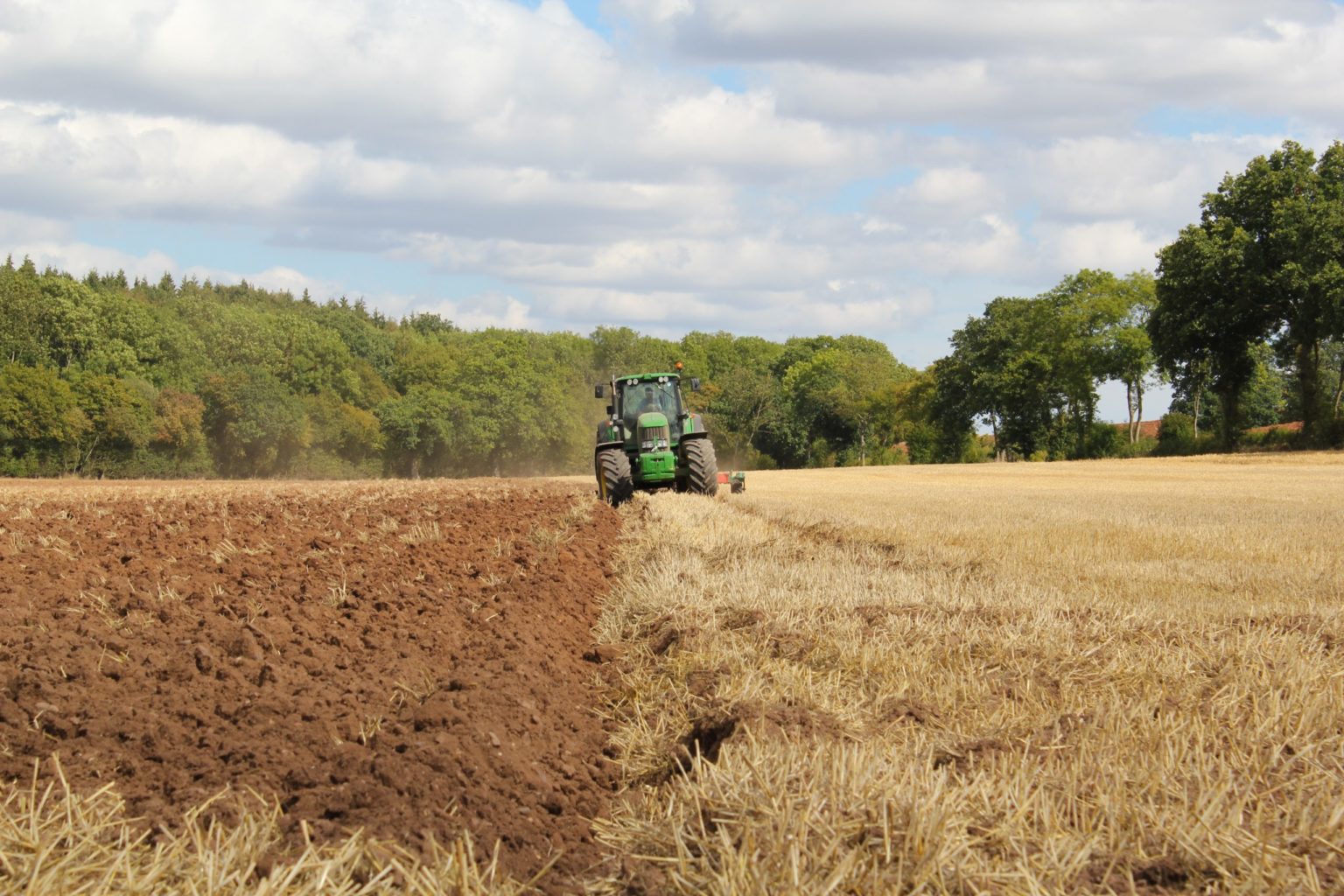New technologies are improving modern farming business strategy and creating new opportunities to develop a profitable farm. Small farms, which either earn less than $50,000 annually or occupy less than 180 acres, can become lucrative rural and urban business opportunities. Some of the most profitable small farms are bee farms, rooftop gardens, and microgreens. Farms use the same business strategy as other industries to maximize labor, reduce spending, and increase revenue. There are several ways that farms can turn a profit without raising prices or sacrificing the quality of their crop products.
Selling to Local Businesses

B2B farming allows farmers to produce the agricultural supply of business clients. Working directly with farmers means a lower cost for businesses and better quality crop products directly from the source. B2B farming is popular with grocery stores and restaurants that re-sell the products to customers. This is a smart way for farmers to decrease transportation costs and increase profit margins. Shorter delivery distances, reduced fuel costs, less strain on delivery equipment, and reduced payroll for shorter delivery routes all help a farm’s bottom line. Eco-conscious businesses prefer to source produce and meats from local growers in an overall effort to reduce carbon footprint.
Crop Rotation Habits

Proper crop rotation habits are essential to reducing fertilizer costs, improving soil health, and increasing take-home profits. A smart crop rotation habit is to plant soybeans in between corn yields to increase the nitrogen content of the soil. This also kills off harmful pests and slows the growth of harmful bacteria. Dual crop farming can be mixed cropping or intercropping. The former refers to growing two or more types of crops in the same area, while the former refers to raising different crops in close proximity. Dual cropping allows farmers to optimize the use of farming equipment, soil, water, and farming supplies while maximizing year-round crop yield.
Farmland is at an expensive premium, making it essential for farmers to increase corn crop yield. Farms in the United States achieved record-breaking growth in crop yield per acre in 2020. Corn production increased by 12 percent from 2019, with the average corn yield reaching 181.8 bushels per harvested acre. When it comes to improving agricultural production, there are several ways farms can achieve a higher yield the next time they harvest their corn crop. Avipel breaks down the best practices to increase corn yield farming and achieve a higher ROI.
Planting your corn crop at the right time, practicing crop rotation, and knowing the yield potential of your farm is vital to increasing crop yield. Proactive farmers always scout their fields and look for weeds, pests, diseases, and birds that could threaten the crop yield. Using fertilizers delivers essential nutrients to seeds and using non-selective herbicides helps tackle weeds.
It’s important to test soil health to ensure it has adequate fertility that can support satisfactory crop yield. The quality of seed planted and the depth and row spacing of the seeds is important for yield increase. Fungicides and starter fertilizer are essential for higher yield plants that are strong and healthy. Increasing the average yield of corn products is necessary for farms that hope to maintain competitiveness and maximize their earnings.
Efficient Farm Equipment

You don’t have to have a lot of capital to start a profitable farming business. Several low-cost business ideas earn less than traditional farms but provide a steady stream of income. Aquaponics combines aquaculture with hydroponics so that farmers can produce crops with less water or land area. This farming method produces a faster, higher yield crop for a lower investment.
Microgreens are small edible vegetables that are an average of 10-14 days old and a maximum of 3 inches tall. Restaurants use microgreens as garnishes, and customers like them for their aesthetics and health benefits. Microgreens are easy to grow, have a quick turnaround time, and require little initial investment. They can be grown in small spaces indoors or outdoors and can fetch a whopping $50 per pound.
Employee performance and workforce engagement play an important role in your farm’s workflow. One of the best practices for reducing operating costs and increasing operational efficiency is to implement a workforce management solution. Workforce Optimization (WFO) and Workforce Management (WFM) integrations from Bright Pattern provide tools that analyze customer interactions and drive operational efficiency through accurate forecasts and scheduling.
The workforce optimization software is critical for contact centers wanting to maximize service levels, improve the customer experience, and enhance agent performance. The key features of a workforce optimization solution include quality management, forecast scheduling, improved KPIs, analytics tools, actionable insights, efficient training for the improved performance of employees, and flexibility in operating a remote call center.
The demand for agricultural products is increasing as the world population continues to grow. This will result in a demand for higher crop yields and create new opportunities for farms to turn a higher profit.












